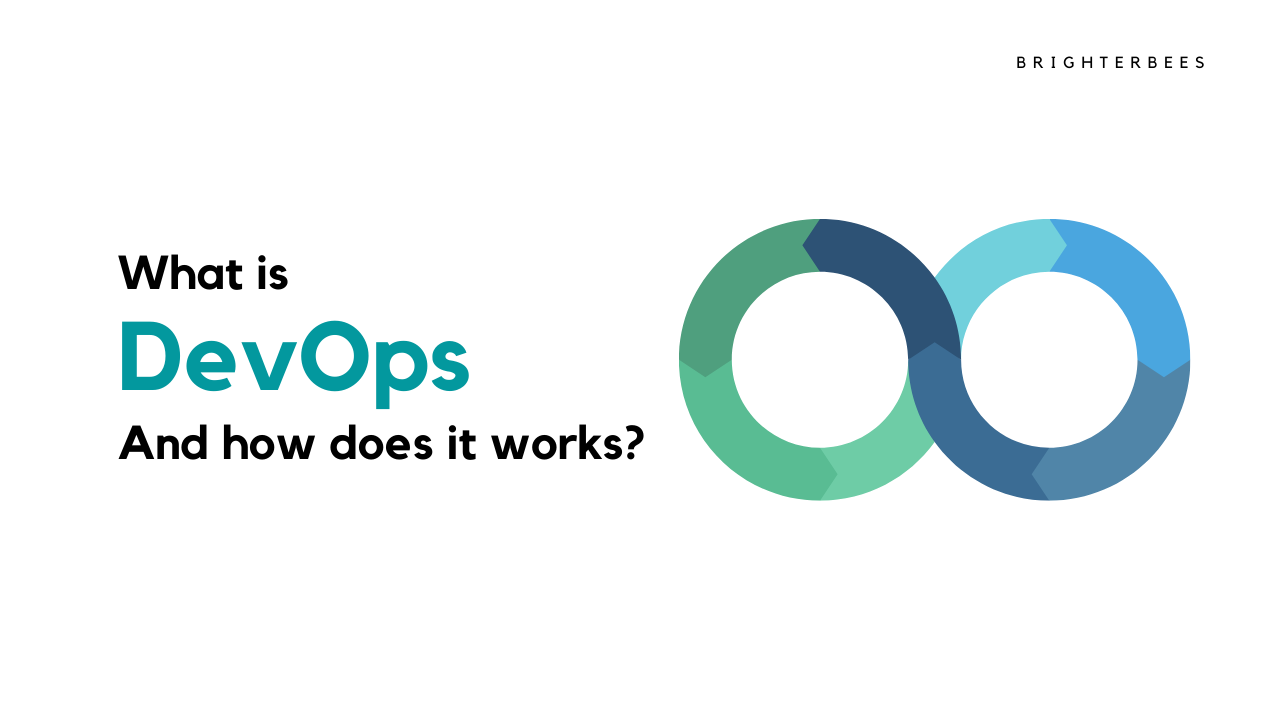What is DevOps and How does it work? Explained in simple words
Published on Sept. 18, 2021

In case, you are a technical person, have a piece of knowledge in many different technologies, there might be a chance you hear a term as DevOps. You may have wondered what is DevOps and How does it work? This article is for you my friend where we will get to know some basic details about DevOps. Like What is DevOps? What are the benefits of DevOps? What are the features DevOps is providing to us?
Table of Content
- Definition
- How DevOps came?
- Benefits of DevOps
- Features of DevOps
Definition
DevOps is the combination of practices and tools designed to increase an organization's ability to deliver applications and services faster than the traditional development system.
The concept of DevOps emerged out of a discussion between Andrew Clay and Patrick Debois in 2008. They were concerned about the drawbacks of Agile and wanted to come up with something better.
The word DevOps can be termed as "Development and Operation", which meant a collaborative and shared approach to the task performed by the company's application development and IT operation teams. With best practices and tools, DevOps Engineers become able to remove the barriers between traditional Development and Operation team.
Under the DevOps technology, both the Development and Operational teams work parallelly across the entire software application life cycle.
How DevOps came?
Ever since its ideation, everyone recognized that DevOps had some unique potential. But, who would have imagined back then that a simple turn of events would revolutionize the software development industry forever?
The concept of DevOps emerged out of a discussion between Andrew Clay and Patrick Debois in 2008. They were concerned about the drawbacks of Agile and wanted to come up with something better.
Let's understand all one-by-one
Traditional model: Waterfall model
When it comes to app development either it is mobile or web there are always unimaginable complexities. Basic development approaches like Writing code, testing, debugging, and deployment have to be done almost every time.
For this complete structure, there are different-different teams handling their work. Like developers are adding some features, QA teams are testing that, the System administrator is deploying the tested piece of code. Now suppose an issue arises and a bug is found. The smoothly running development becomes chaotic with some questions like who will fix this error and how much time it will take to remove this bug? Code provided back to the developers to solve and the process starts from the very first process again.
Developers have to work harder in this environment and even a small problem takes a lot of time to be solved.
Agile model
This traditional model slowly evolved to agile somewhere in 2001. With Agile, projects could now be launched much faster with better teamwork and cross-functionality. Finding bugs and removing that becomes easy as we don't have to follow the complete path as earlier.
Even the Agile model was fine but it can't be labeled as perfect. It still lacked in some points where developers have to work extra where administer don't have to work much. There is a need for something that can fill the gap between this.
DevOps
This method is not only evolved the methodology of development and operations but it completely changes the culture. DevOps unites the efforts of every team working on a project. This cross-integration between developers, QA team, and System administrator makes DevOps more useful.
The continuous integration and continuous delivery(CI/CD) makes the process more automated and faster than previous.
Benefits of DevOps
Let's look into some benefits that you get while using DevOps.:
Speed
Due to the automated system, it has become faster to create the environment, ease in upgrading, and more efficient than the previous system.
Rapid Delivery
Due to the increase in speed, easy debugging process the delivery of the application becomes faster.
Reliability
DevOps practices like continuous integration and continuous delivery can ensure the quality of application updates and infrastructure.
Improved Collaboration
Using the DevOps model, developers and operational teams collaborate closely, share responsibilities and combine their workflow.
Security
DevOps follows the best practice to safeguard every life cycle of project manufacturing including design, build, test, release, and support.
Features of DevOps
While building a project that could be easier and beneficial for the users it is very essential to fix bugs and provide small and small updates. Under the DevOps model providing the small updates becomes very easier while comparing to other models. Let's look out some features that actually make it special
Microservices
Microservice architecture is a design approach of completing a bigger task by completing into small-small individual tasks. Each service do their process and connected with other services. This provides the flexibility and faster pace of developing an application.
Continuous Integration and Continuous Delivery
DevOps practices CI/CD to let the organization build projects faster. Using CI, the developers don't need to push their code to the central repository, build and test manually. Continuous Integration provides the environment where this all could be done automatically. This CI ensures Continuous Delivery where the automated system deploys the tested code and makes the delivery faster.
Monitor and Logging
Here the task is divided into small chunks and each chunk is paired with small pair of the team who takes the ownership. They all have proper logging when and who are doing a task, this makes it easy to monitor.
Final Voice
DevOps is very useful while dealing with cloud services and now in real-world industries are using a lot of tools to create the whole infrastructure there without manually logging and configuring stuff. This integration we will learn in some other post.
You can follow the writer on Twitter.
···